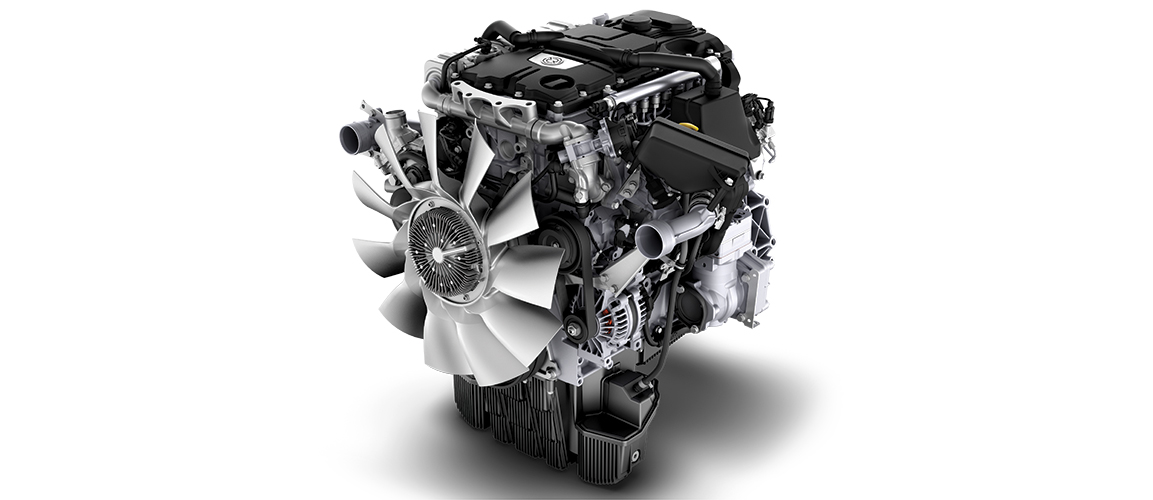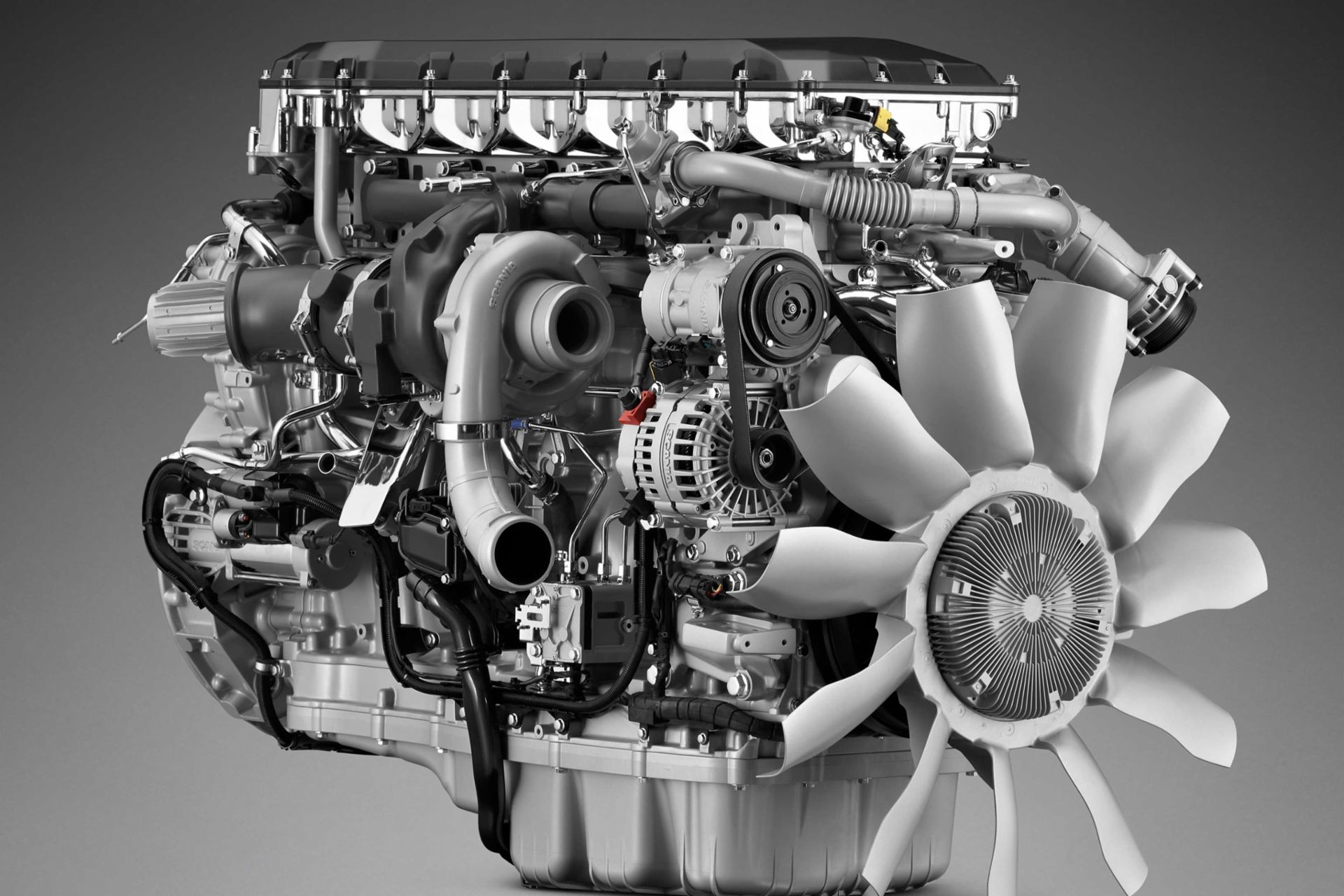Check Out Engines for Africa at Our Thorough Auto Parts Store
Check Out Engines for Africa at Our Thorough Auto Parts Store
Blog Article
The Pursuit for Ultimate Driving Power: Checking Out the Peak of Engine Performance and Technological Innovations in the Automotive Industry
In the world of automobile design, the pursuit of optimum driving power has been a ruthless pursuit that has unfolded via the evolution of engine style and the assimilation of cutting-edge innovations. From the thorough craftsmanship of combustion engines to the quick advancements in electric propulsion systems, the vehicle market stands at the cusp of a new age characterized by unmatched efficiency capacities. As researchers and designers delve deeper right into the realms of computational fluid dynamics and discover ingenious gas modern technologies, the perspective of possibilities broadens greatly. Stay tuned as we decipher the elaborate tapestry of technical innovations that are forming the future of automotive power and performance.
Development of Engine Design

In addition, the integration of turbocharging and supercharging modern technologies has revolutionized engine style by enhancing power without considerably raising engine size. These forced induction systems compress the intake air, permitting for even more gas to be combusted, thus producing better power result from a smaller engine. This development has actually been specifically essential in improving the efficiency of smaller sized variation engines while keeping gas performance standards.

Performance-Enhancing Gas Technologies
The implementation of advanced fuel technologies has considerably contributed to improving engine performance in contemporary automobiles. From typical fuel and diesel to innovative biofuels, artificial gas, and hydrogen, the auto market is experiencing a revolution in gas choices. Biofuels, originated from renewable sources like algae, corn, or sugarcane, deal decreased emissions and boosted engine performance. Artificial fuels, generated with chemical processes, offer high octane scores, boosting power outcome. Hydrogen fuel cells, although still in the very early stages of fostering, show fantastic promise as a result of their zero-emission nature and capacity for high efficiency. Furthermore, gas additives and cleaning agents are being developed to tidy engine elements, optimize burning, and reduce rubbing, thus enhancing general lorry performance. With recurring research study and growth, the mission for the best driving power continues, as designers strive to open the full capacity of performance-enhancing gas technologies in the auto industry.
Advancements in Electric Propulsion
Significant strides in electric propulsion innovation have actually reinvented the auto sector, leading the way for a new age of effective and sustainable transport. Electric vehicles (EVs) are gaining popularity due to their environmental benefits and developments in battery innovation, allowing longer driving varieties and shorter charging times. Producers are investing heavily in r & d to enhance the efficiency of electrical propulsion systems, concentrating on raising power result, boosting power efficiency, and decreasing overall weight.
One noteworthy advancement in electrical propulsion is the growth of innovative electrical motors that deliver greater torque and power thickness, leading to improved velocity and general driving performance. In addition, regenerative braking systems have been improved to catch and store power during slowdown, additional increasing the performance of EVs.
Additionally, the combination of clever innovations, such as expert system and predictive analytics, is maximizing the administration of electric propulsion systems, making certain ideal efficiency under different driving problems. These improvements in electric propulsion are reshaping the automotive landscape, driving the market in the direction of a much more lasting and amazed future.
Influence of Computational Fluid Characteristics
With developments in electrical propulsion pushing the limits of automotive innovation, the integration of Computational Fluid Characteristics is playing a critical duty visit the website in optimizing Visit Your URL wind resistant efficiency and improving total effectiveness in lorry design. Computational Liquid Dynamics (CFD) includes making use of computer simulations to examine the circulation of air around a vehicle, allowing designers to predict exactly how design adjustments will certainly impact aerodynamics without the demand for pricey physical prototypes. By accurately modeling air flow patterns, CFD enables the improvement of vehicle shapes to minimize drag, boost cooling, and improve security.
CFD makes it possible for designers to enhance air flow around parts such as radiators, engine bays, and wheel wells, adding to enhanced performance and overall driving experience. In conclusion, the integration of Computational Liquid Characteristics represents a significant action ahead in the mission for ultimate driving power and efficiency in the auto market.
Future Trends in Engine Development
In the dynamic landscape of automotive design, cutting-edge advancements are forming the future trajectory of engine technology. The future of engine style is marked by a solid emphasis on sustainability, performance, and performance. Suppliers are progressively concentrating on see here now establishing engines that not just deliver high power results but additionally prioritize ecological responsibility by lowering emissions and boosting gas efficiency.
One famous trend in engine technology is the increase of electrification. Crossbreed and electrical powertrains are acquiring grip as sensible alternatives to standard burning engines. These technologies provide the possibility for significant reductions in carbon discharges and boosted power efficiency, lining up with worldwide initiatives to combat climate modification.
Moreover, innovations in materials science and manufacturing methods are allowing the manufacturing of lighter and extra durable engine components. This shift towards lightweight materials such as carbon fiber and aluminum alloys adds to enhanced efficiency and gas economic situation.
Verdict
To conclude, the pursuit of supreme driving power in the automobile industry remains to drive developments in engine design, fuel technologies, electric propulsion, and computational fluid characteristics. The advancement of these modern technologies is forming the future of engine innovation, paving the way for more effective and reliable vehicles (engines for africa). As the industry continues to push the limits of what is feasible, we can expect to see much more groundbreaking advancements in the mission for peak efficiency
One of the vital landmarks in engine design development is the shift from traditional carbureted engines to contemporary fuel-injected systems. By specifically metering the gas delivery to each cylinder, fuel-injected engines optimize combustion, resulting in much better efficiency and reduced environmental effect.
Moreover, the combination of turbocharging and supercharging innovations has actually reinvented engine layout by increasing power without dramatically raising engine size (engines for africa).The execution of sophisticated fuel modern technologies has significantly added to enhancing engine efficiency in contemporary lorries. Furthermore, fuel ingredients and detergents are being developed to tidy engine elements, optimize burning, and decrease rubbing, thus enhancing overall lorry performance
Report this page